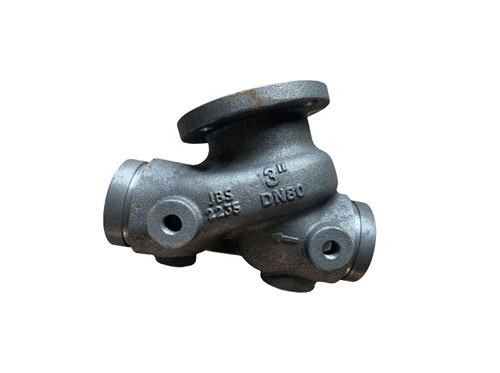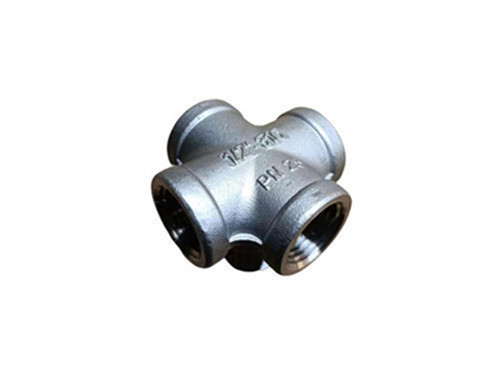Introduction to Gate Valve Parts
Gate valves are essential components used in various industries to regulate the flow of liquids or gases within pipelines. Understanding the different parts that comprise a gate valve is crucial for proper maintenance, repair, and efficient functionality. This comprehensive guide will delve into the intricacies of gate valve parts, explaining their roles, functionalities, and importance in different applications.
Overview of Gate Valve Parts
1. Body: Foundation of the Gate Valve
The body of a gate valve serves as its main structure, housing and supporting all other parts. Typically made of robust materials like cast iron, brass, bronze, or stainless steel, the body endures high pressure and temperature conditions. Its design varies based on the valve's size and intended application.
2. Bonnet: Enclosing and Protecting Internal Components
The bonnet secures the internal parts of the gate valve, providing a cover and sealing mechanism. It connects to the valve body and houses the stem, preventing leakage and ensuring the valve's integrity. Materials like forged steel or cast iron with gaskets or seals ensure a tight closure.
3. Gate: Regulating Flow Through the Valve
The gate, the central component of the gate valve, controls the flow of fluids. This part moves up and down within the valve, either blocking or allowing passage based on its position. It's typically wedge-shaped and can be solid, flexible, or split, depending on the application and pressure requirements.
4. Stem: Connecting Actuators and Operating the Valve
The stem connects the actuator or handwheel to the gate, facilitating its movement. It transmits the actuating force to the gate, allowing for opening or closing. Materials like stainless steel or carbon steel provide durability and corrosion resistance for the stem.
5. Seat and Seals: Ensuring Tight Closure
The seat and seals play a vital role in maintaining a tight seal when the gate valve is closed. They prevent leakage by providing a sealing surface between the gate and the valve body. Materials like resilient materials, such as EPDM, metal, or PTFE, are commonly used for their sealing properties.
6. Actuator: Automation and Control
In automated gate valves, the actuator controls the movement of the gate. Actuators can be electric, pneumatic, or hydraulic, providing the force necessary to open or close the valve. They enhance operational efficiency and enable remote control in various industrial settings.
7. Handwheel: Manual Operation Option
For manual gate valves, the handwheel serves as the control mechanism. Turning the handwheel clockwise or counterclockwise moves the stem and gate, regulating the flow of fluids. It offers a straightforward method for operating the valve when automation isn't required.

Applications and Variations of Gate Valve Parts
Gate valves find applications across multiple industries due to their versatility and reliability. Understanding the variations and specific parts used in different settings is crucial.
1. Oil and Gas Industry
In the oil and gas sector, gate valves with robust bodies and corrosion-resistant materials are essential. Parts like seats and seals made of metal or resilient materials withstand high-pressure environments, ensuring uninterrupted flow control.
2. Water Treatment Facilities
Gate valves utilized in water treatment facilities prioritize non-corrosive materials like stainless steel or bronze to withstand water's chemical properties. Seals and seats made from rubber or EPDM maintain tight closures, preventing leaks in water distribution systems.
3. Chemical Processing Plants
In chemical plants, gate valves often require special alloys and materials resistant to corrosive chemicals. Seats and seals made from PTFE or other chemically inert materials prevent the risk of chemical reactions and ensure safe operation.
4. HVAC Systems
Gate valves in heating, ventilation, and air conditioning (HVAC) systems require durable yet lightweight materials like brass or aluminum. Seals and seats that can withstand varying temperatures and pressures guarantee efficient system operation.

Maintenance and Care of Gate Valve Parts
Proper maintenance ensures the longevity and optimal performance of gate valves. Regular inspection, cleaning, and servicing of individual parts are essential.
1. Routine Inspections
Regular inspections of gate valve parts help identify any signs of wear, corrosion, or damage. Check for leaks, proper alignment, and functionality of the gate, stem, and seals.
2. Lubrication
Applying appropriate lubricants to the stem and moving parts reduces friction, allowing smooth operation and preventing premature wear.
3. Cleaning and Flushing
Periodic cleaning and flushing of gate valves remove debris, sediment, or contaminants that may hinder proper functioning.
4. Repair and Replacement
Address any identified issues promptly by repairing or replacing damaged or worn-out parts to avoid operational failures.
Conclusion
Understanding the intricacies of gate valve parts is essential for industries reliant on fluid or gas flow control systems. Each component plays a crucial role in ensuring the valve's efficiency and reliability in diverse applications. By comprehending the functions and variations of gate valve parts, industries can make informed decisions regarding installation, maintenance, and optimization of these crucial components for their specific needs.
 English
English
![]()
 English
English
 Russian
Russian
 French
French
 Spanish
Spanish














